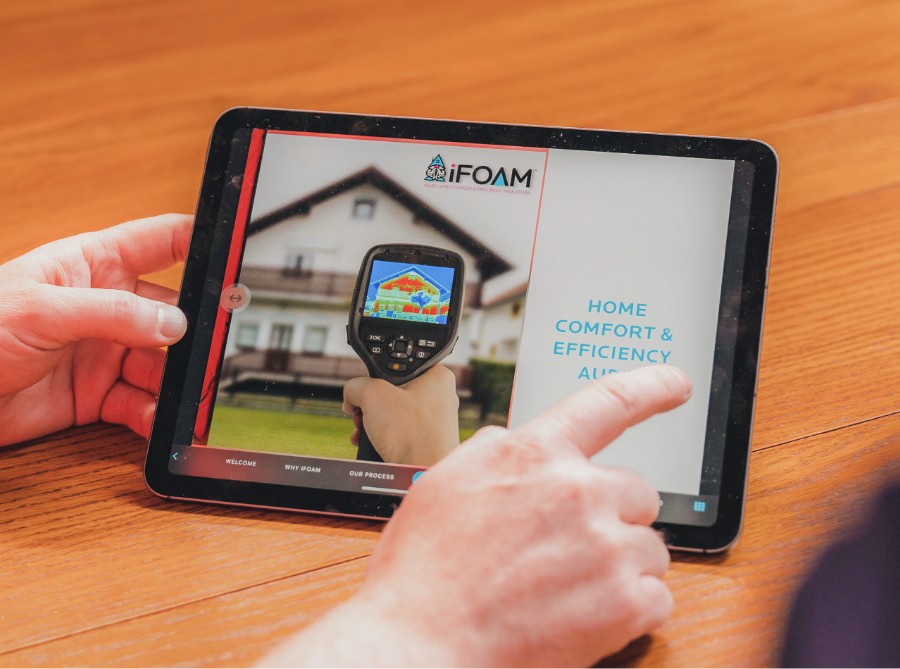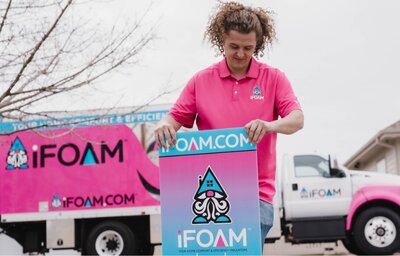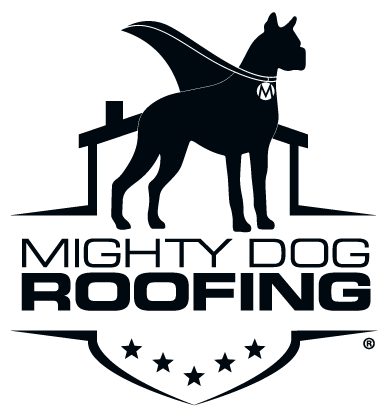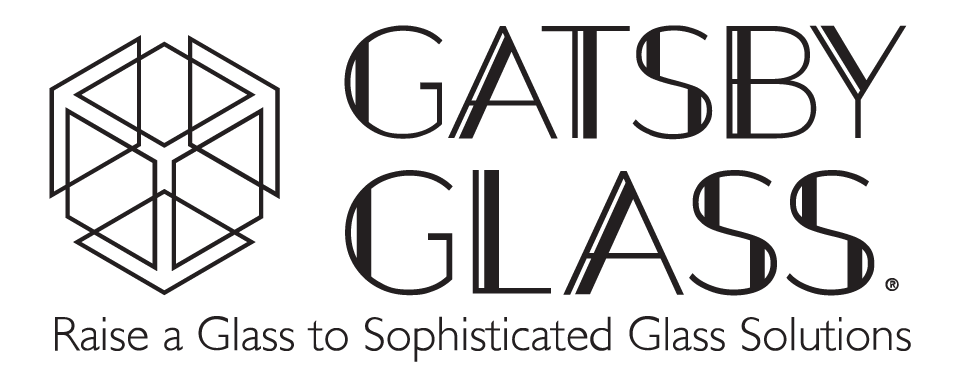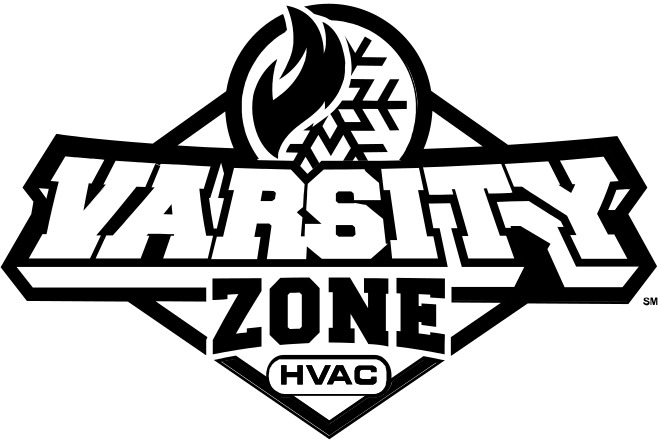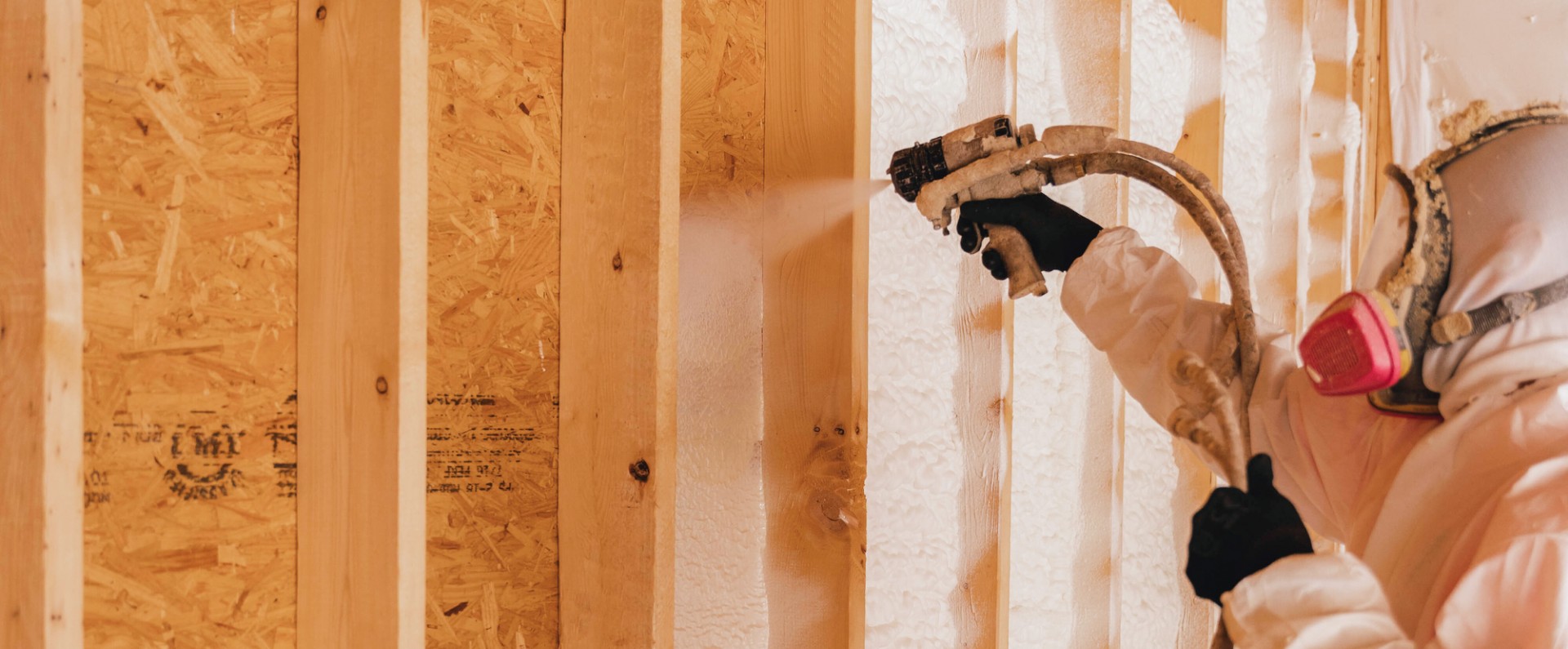
Spray Foam Insulation
Expert Spray Foam Insulation Services: Trust & Peace of Mind
Let's face it—no one likes a drafty house or skyrocketing utility bills. Do you need to make your home or business more comfortable and energy-efficient? If so, spray foam insulation is a game-changer. Unlike traditional insulation, spray foam creates an airtight seal. It helps fix your drafty house and reduce your energy bills. And here at iFOAM, you can trust your spray foam insulation will be installed right.
You may wonder if your spray foam will be installed correctly. Well, you can rest assured that we're members of the ICAA and SPFA. We're always current with the best installation practices and the latest spray foam trends. But for more peace of mind, we also warranty our services. With us, you're not just getting new spray foam insulation. You're getting years of expertise and peace of mind. Whether we're insulating your attic, crawlspace, or entire home or business, we look forward to serving you!.
Enjoy year-round comfort and reduced energy bills with foam insulation. Book your free consultation by dialing (855) 935-4723. Or you can contact us online.
We Offer Spray Foam Insulation for Every Project
Whether you're a homeowner, builder, or property manager, finding the right spray foam installer is key. We offer tailored solutions for all major projects.
Here are some of the ways we can help:
- Home Insulation: Retrofits & Upgrades. Thinking about upgrading your home's insulation? We're all about making your home more comfortable and saving you money. We'll help you get rid of those annoying drafts, lower your energy bills, and address those pesky problems like cold floors or a damp basement.
- Commercial Insulation: Renovations & New Construction. For commercial properties, we focus on creating efficient and safe environments. We'll ensure the spray foam meets all the necessary building codes and creates a comfortable space for your employees and customers.
- New Construction: Building for the Future. Building from the ground up? We can help you maximize energy performance from the start. We'll design and install the ideal amount of spray foam while following local building codes.
From small home improvements to large commercial projects, we've got you covered. Contact us today for a free consultation, and let's discuss your insulation needs!
Why Choose iFOAM?
When it comes to spray foam insulation services, you want contractors that puts your needs first. At iFOAM, we value quality, innovation, and your satisfaction.
Here are a few reasons you can trust us:
- Trusted Warranties. We offer a 5-year workmanship warranty and a limited lifetime warranty on our spray foam insulation products. That's peace of mind you can count on. You can learn more on our warranties page.
- Free, Tailored Estimates. Our experts will provide a personalized estimate that fits your specific needs and budget. No surprises, just solutions.
- World-Class Service. From start to finish, our team is dedicated to providing exceptional customer service. We're here to make your experience as smooth as possible.
- ICAA Members. We're members of the Insulation Contractors Association of America (ICAA). We stay up-to-date on the latest industry trends and best practices.
- SPFA Members. We're proud to be a member of the Spray Polyurethane Foam Alliance (SPFA), ensuring that our work meets the highest standards of quality and safety.
Ready to experience the iFOAM difference? Contact an iFOAM location in your area for a free, in-person consultation.
Trust Us for Professional Spray Foam Insulation Services
What do these mean for you? As people like you, we know what it's like to wonder if contractors will do the job right.
We pursue memberships and stay up-to-date on industry trends to ensure you receive the best service possible service. Ultimately, we care about your peace of mind, and will ensure your foam insulation installation is done right.
Proper installation of spray foam insulation is crucial to ensure its optimal performance and longevity. It requires precision, an understanding of the built environment, and specialized equipment. A job done right calls for the expertise of trained contractors.
iFOAM are dedicated specialists committed to ensuring that you and your property receive the highest quality service and results, no matter the scope of insulation installation!
Experience the difference that professional, top-quality spray foam insulation can make in your home or business – call (855) 935-4723for a free consultation today!
-
STEPSchedule a Free AssessmentDuring your free in-home assessment, we’ll evaluate insulation levels and provide honest recommendations for improvement. We’ll leave you with a free estimate to know just what to expect, and we’ll answer all your questions.
-
STEPLet Our Team InstallThanks to our simple and easy installation process, your new insulation system will be installed before you know it! They’ll make sure to get the work done efficiently, accurately, and with minimal disruption to your daily routine.
-
STEPEnsure QualityWith the help of advanced testing techniques and proprietary technology, our team can accurately measure and diagnose insulation performance in any home, ensuring your new installation is working at its best and you’re free of other issues.
-
STEPCleanupBefore we leave, we’ll make sure to clean up any mess created during the installation process. We take pride in leaving our customers’ homes as clean as we found them.
-
STEPFinal InspectionTo finish off our service, we’ll conduct a final inspection to ensure your satisfaction with the installation process and the results. We want to make sure you’re getting the most out of your investment and feeling comfortable in your newly insulated space.


What is Spray Foam Insulation?
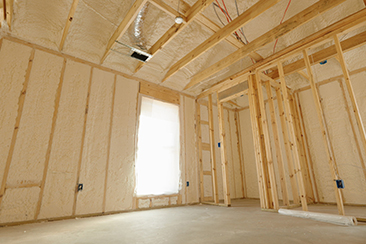
Spray foam insulation constitutes two key components: an “A” side and a “B” side.
The “A” side typically consists of methylene diphenyl diisocyanate (MDI) and polymeric methylene diphenyl diisocyanate (pMDI).
The “B” side, on the other hand, is a blend of polyols, catalysts, a blowing agent, flame retardant, and surfactant. These ingredients, stored separately in drums, create the polyurethane spray foam when mixed together, marking a significant chemical transformation.
When applied, the spray foam is a liquid that quickly expands and cures within seconds, creating an air-tight seal. This expanding process allows the foam to fill in gaps and crevices in walls, floors, and ceilings, providing superior insulation to traditional materials like fiberglass or cellulose.
-
How Do I Know If My Home Needs New Insulation?
Here are several signs that your home may need new insulation:
- Frozen Pipes
- Uneaven Temperatures Throughout Your Home
- Cold Floors
- High Energy Bills
- Drafts Around Windows and Doors
- Ice dams
Finally, consider the age of your insulation:
- Batt/Fiberglass. Fiberglass insulation should last roughly 7-10 years.
- Cellulose. Blown-in cellulose should last roughly 10-15 years.
- Spray Foam. Spray foam should last 80-100 years, or the age of the house (as long as it was installed properly).
Our experts can provide an accurate assessment of the state of your home’s insulation. We'll consider your energy efficiency with state-of-the-art technology and years of industry know-how.
Give us a call to book your free consultation!
-
Why Use Spray Foam?
Spray foam has been rated to have the highest efficiency and R-value when compared to other insulation (like batt fiberglass).
Furthermore, spray foam's intuitive design allows it to create an airtight seal even in tricky and problematic spaces. It has been proven to keep out air pollutants and help soundproof buildings.
Visit our blog to learn about spray foam's benefits and why its a great choice for your home.
-
How Much Will My Installation Cost?
Prices vary from project to project. For an accurate assessment tailor-made to your home's needs, give our team a call today! You can also discover additional insights on why spray foam is worth the cost by visiting our blog.
